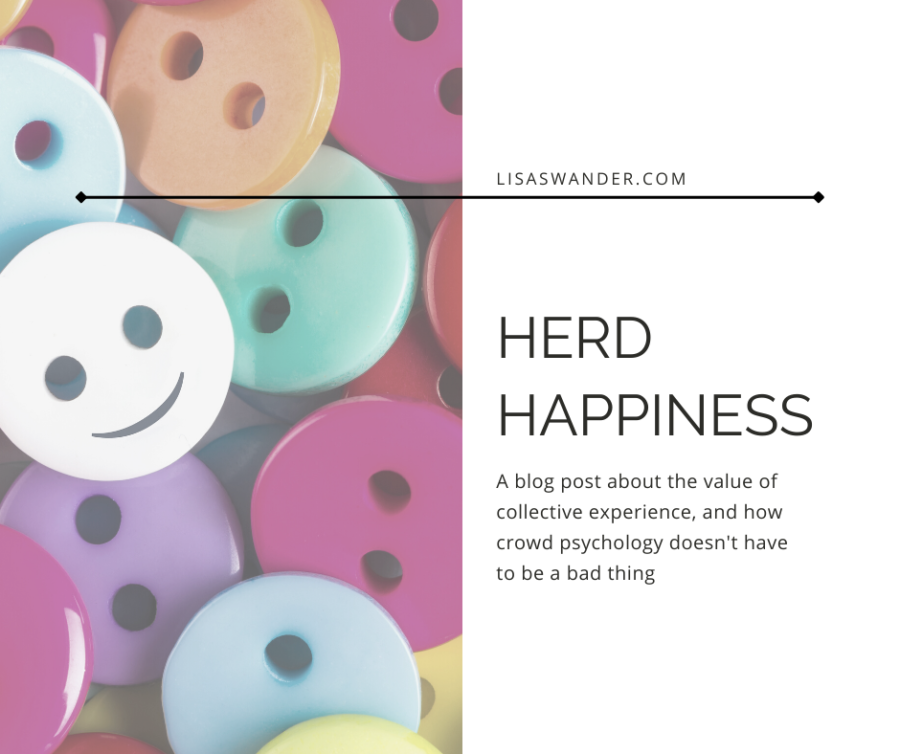I’ve been thinking about the wave lately.
No, not the harrowing YA novel about facist teaching simulations and no, not the similarly harrowing mechanical pool in Santa Claus, Indiana.
I’m thinking about the sports one.
This is noteworthy because, unless I’m quietly recycling another rec league flyer from my child’s backpack, I don’t spend much time thinking about sports. I was an athlete in high school, but for reasons I have not yet unpacked, my adult sports attitude has devolved into a deep ambivalence bordering on hostility.
So it’s worth mentioning that I’ve been thinking about the wave for days.
It started this weekend, when we attended a minor league baseball game for the Fourth of July. Incredibly, this was my idea. It sounded less excruciating than the shadeless, bounce-house-filled nightmare of our local festival, and the seating capacity was still at 50% when I bought the tickets. (They raised it back to 100% two days before the game, then sent a giant boulder for me to push up and down a mountain in the meantime.)
My understanding is that a baseball game was played while we were there. I may have even caught glimpses of it in between trips to the restrooms and the Dippin’ Dots kiosk. Mostly, though, we were focused on entertaining children, applying sunscreen, and stealing tiny snatches of adult conversation in between questions about who would win in a fight between a humpback whale and a grizzly bear.
Then the game ended, and we were left with an hour in between the last out and the fireworks show. The Kona Ice stand offered a brief distraction, but eventually there was not a cube of ice in Indianapolis left unshaved, and everyone ended up back in their seats, restless. Kids were whining, mosquitoes were appearing, and the Kiss Cam was winding up for a third time. The air was bleak.
That’s when my daughter tugged on my sleeve.
“Ten more minutes,” I said, not looking up. I was stringing glow stick necklaces that looked human-sized at Party City but, when opened, turned out to have been designed for anthill raves. I needed the concentration of a bomb defuser.
“No, Mama, why is it waving?” she said.
“Because I’ve made thirteen of these so far and I’m losing sensation in my fingers.”
“No, Mom! Look.”
I glanced up in time to see the crowd undulating in the box seats on the other side of the stadium. They were firing up the wave, of course, something I’d always considered an excellent metaphor for self-perpetuating fandom. At any other game, I believe I would have scoffed.
Yet on that summer evening, after the most isolated year of my life, I looked at hundreds of people doing something pointlessly joyful in unison, and I felt something thaw in my cold, sports-averse heart.
“That’s called the wave,” I said, “and we’re going to stand when it gets to us.”
“Why?”
I paused and watched it roll around the first base line.
“Because we want to,” I said, smiling.
We stood and cheered when it hit us, and then again and again as it rolled around the crowd another seven or eight times, and I was struck by how grateful I was for this activity I used to think was super dumb.
I was grateful that strangers created something that helped my children endure the last leg of our fireworks wait.
Then I was grateful for the way people can be when they’re together.
We have a lot of phrases for the way groups enable the worst of human behavior: mob mentality, bystander effect, witch hunt, groupthink. As a teacher, I was fond of referencing Lord of the Flies whenever I walked past unattended classrooms. None of those descriptions are unearned, exactly—our critical thinking skills and empathy can suffer in groups—but psychologists are moving away from that blanket idea that when we get together, we do nothing but lose our minds and smash people with boulders.
Over the past year, I trained my eyebrows to knit at the sight of large gatherings and my palms to sweat if I had to pass through one. Crowds were bad. Crowds spread germs. Crowds didn’t care about public health.
I didn’t go to movies or concerts. I didn’t go to birthday parties or graduations. I lost all sense of why I would ever want to be around a bunch of people, about the potential of a live, collective human experience.
The after-game wave gave a little of it back.
The thing I hated about the wave—other than strangers trying to tell me to stand up when I’d spent very good money to sit—was that it was pointless, but that night I realized that’s the thing to love about it. It is purely aesthetic. It has no agenda other than to make the present moment a bit more enjoyable. It harms no one and entertains everyone, whether you’re in the cheap seats or the suites.
More importantly, it depends on everyone—there’s no leader, no music cue, no broadcasting student from the local college telling you to do it. We start, continue, and end the wave by mutual consent, by having a common goal of wanting to be a little less bored for a couple of minutes.
That’s the same impulse we need to create music, movies, books, paintings, and macramé turtles—you know, the stuff that makes life less burden, more joy.
The wave reminded me that crowd psychology doesn’t have to be bad. Sure, high emotions affect how groups behave, but happiness is an emotion, too. So is relief, like the way one might feel celebrating a national holiday outdoors after a year of fear and isolation.
We can be galvanized to have nice things. I’m moving away from the Lord of the Flies model, too, and a helpful thing about a shifting mindset is that it draws your eye to what you hope to see. In my grouchiest, dystopian-fiction-soaked state, I can find all that ails humanity in sports culture. In my most hopeful state, I can find what we’re capable of: a shared moment of collective joy, just because we want to.


